$249.97 Original price was: $249.97.$99.99Current price is: $99.99.
SKU: D2LSC 353087549 Categories: Fast Growing Trees, TREES
- Quality that lasts, prices that don't.
- Experience the difference quality makes.
- Satisfaction Guaranteed
- 100% High Quality Guarantee

Twisty Baby Locust Tree (Single Trunk)
Robinia pseudoacacia ‘Lace Lady’
Other Names: Twisty Baby Black Locust, Twisty Baby Flowering Locust
Plant Details
USDA Plant Hardiness Zones: 4a-8b Find Your Zone
Plant Type: Deciduous Flowering Tree
Height at Maturity: 12-15′
Width at Maturity: 12-15′
Spacing: 20′ apart for space between trees
Growth Habit / Form: Upright, Rounded, Broad, Twisting Branches
Growth Rate: Moderate
Flower Color: White
Flower Size: 1″ in dangling clusters
Flowering Period: Mid to Late Spring
Flower Type: Single, in dangling, wisteria-like clusters
Fragrant Flowers: Yes
Foliage Color: Green shades; Yellow in fall
Fragrant Foliage: –
Fruit: Seed pods
Sun Needs: Full Sun to Part Shade; 5 or more hours of sun daily is suggested.
Water Needs: Average, low when established
Soil Type: Clay, Loam, Sandy, Silty
Soil Moisture / Drainage: Moist But Well-Drained to Dry when established
Soil pH: 6.0 – 8.0 (Acid to Alkaline)
Maintenance / Care: Low
Attracts: Butterflies, Beneficial Pollinators, Hummingbirds, Mammals
Resistances: Cold Temperatures (-30F), Deer, Disease, Heat, Insect, Black Walnut
Description
A dwarf version of our beautiful North American native Black Locust, Twisty Baby is most noted for its unique and attractive zigzag branching and much smaller size. While it usually grows into a large, irregular, rounded shrub, this is the rare and beautiful single-trunk tree-form version, which may reach 15 feet tall and equally as wide when fully grown. In mid to late spring, it features downward-hanging, wisteria-like clusters of white flowers, which will be appreciated by beneficial pollinators, followed by seedpods that birds will enjoy. Attractive, pinnately compound, rich to dark green leaves turn golden-yellow in fall. Very easy to grow in the sun or part shade, and drought-tolerant when established, this tree form selection makes for an excellent specimen in the landscape, sure to be a conversation piece.
Wildlife Benefits
Black Locust is a larval host plant for several butterflies. Clouded Sulphur larvae appear from May to October in the north and from March to November in the south. Zarucco Duskywing has three broods in the deep south from March to October. Silver-Spotted Skipper appears from May to September with three to four broods in the deep south, two broods in the east, and one brood in the north and west. Hummingbirds, bees, and other beneficial pollinators are attracted to its flowers.
Landscape & Garden Uses
Growing to around 15 feet tall and equally as wide at maturity, the Twist Baby Locust Tree is ideal for use as a specimen in sunny to partially landscape borders. It can also be grown in large containers that can be situated around patios and other outdoor sitting and living spaces where it will surely be a conversation piece. It is a fine addition to wildlife habitats.
Suggested Spacing: 20 feet for space between trees
Growing Preferences
The Twisty Baby Locust Tree is easy to grow in moist but well-drained soil of average to very poor fertility and full sun to part shade. We recommend at least 5 hours of direct sunlight per day. It is very drought-tolerant once established. No pruning is required, though it responds well to it for size control or shaping purposes.
Plant Long & Prosper!
Meet The Wilson Brothers & Staff
Questions? Contact Us
Be the first to review “Twisty Baby Locust Tree (Single Trunk)- 7 Gallon Pot 6-7′” Cancel reply
Related products
Sale!
Sale!
Sale!
Sale!
Fall Color Trees
Chestnut Oak Tree (Quercus Prinus) – 3 Pack Of 1.5 Quart Pots
Sale!
Sale!
Sale!
Sale!
Fast Growing Trees

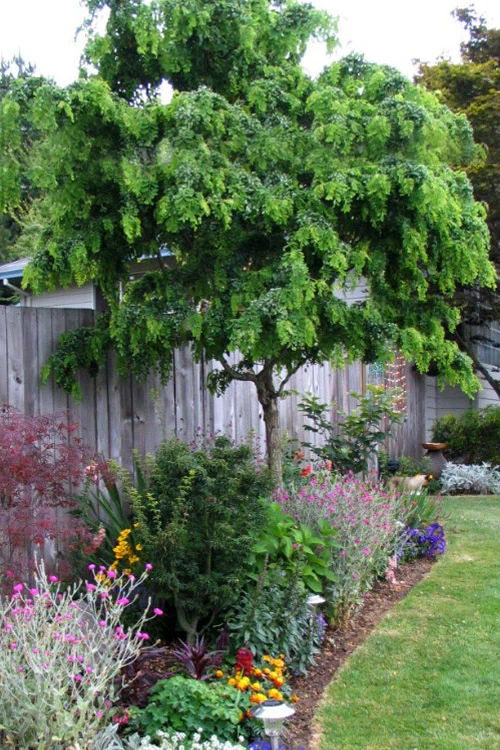
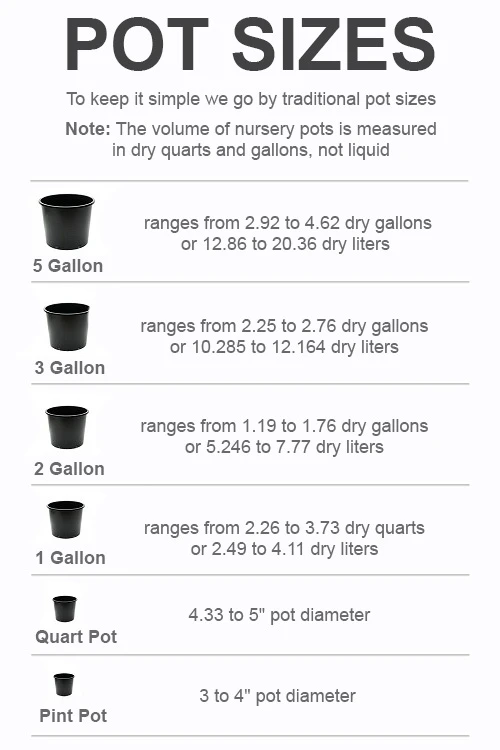
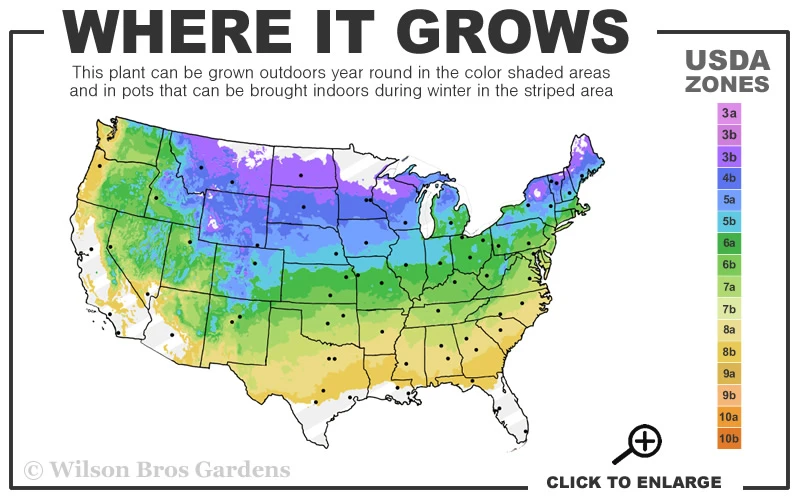
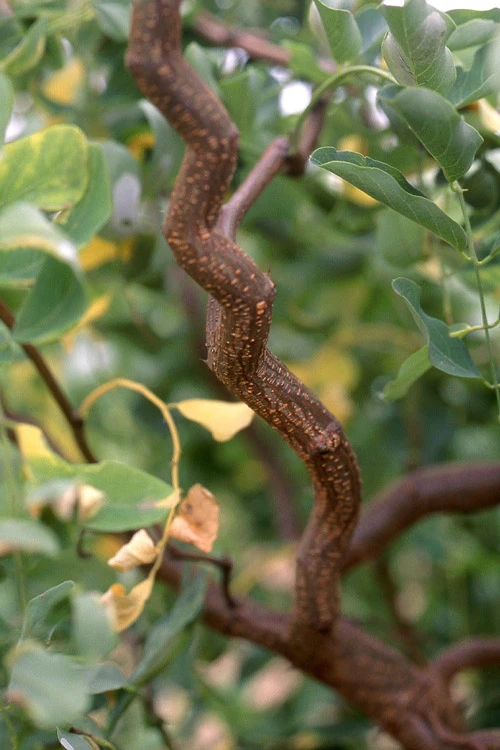



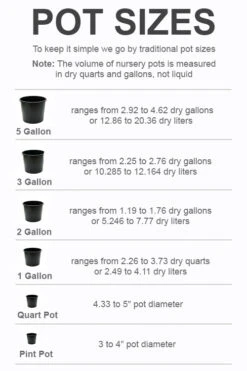


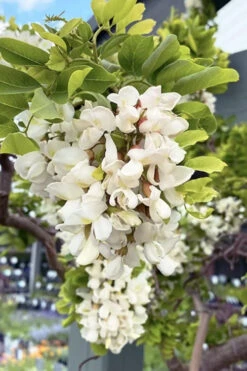
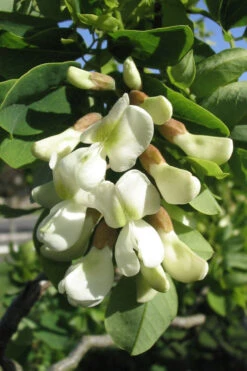



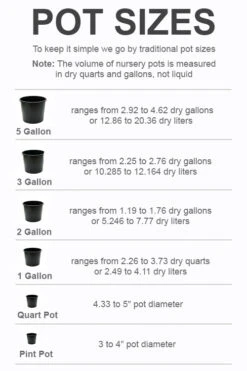
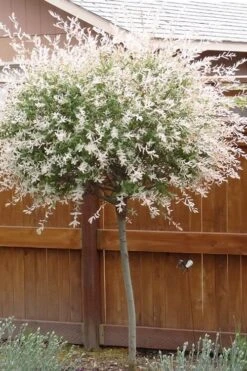
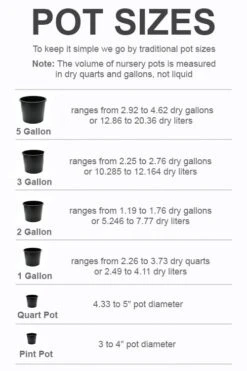


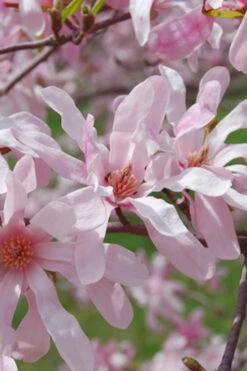

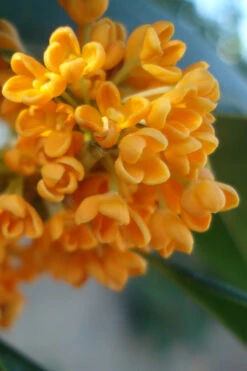
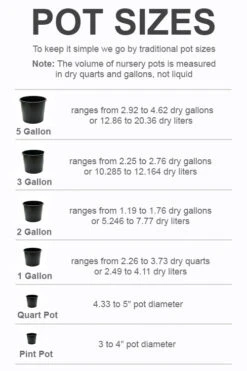
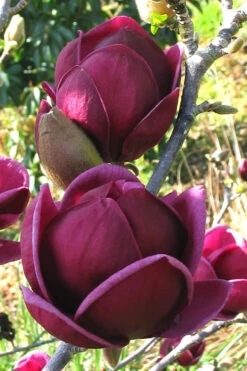

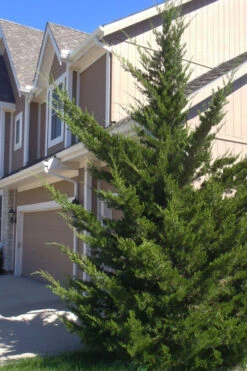
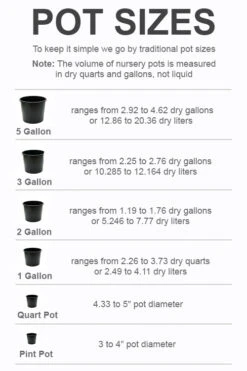
Reviews
There are no reviews yet.